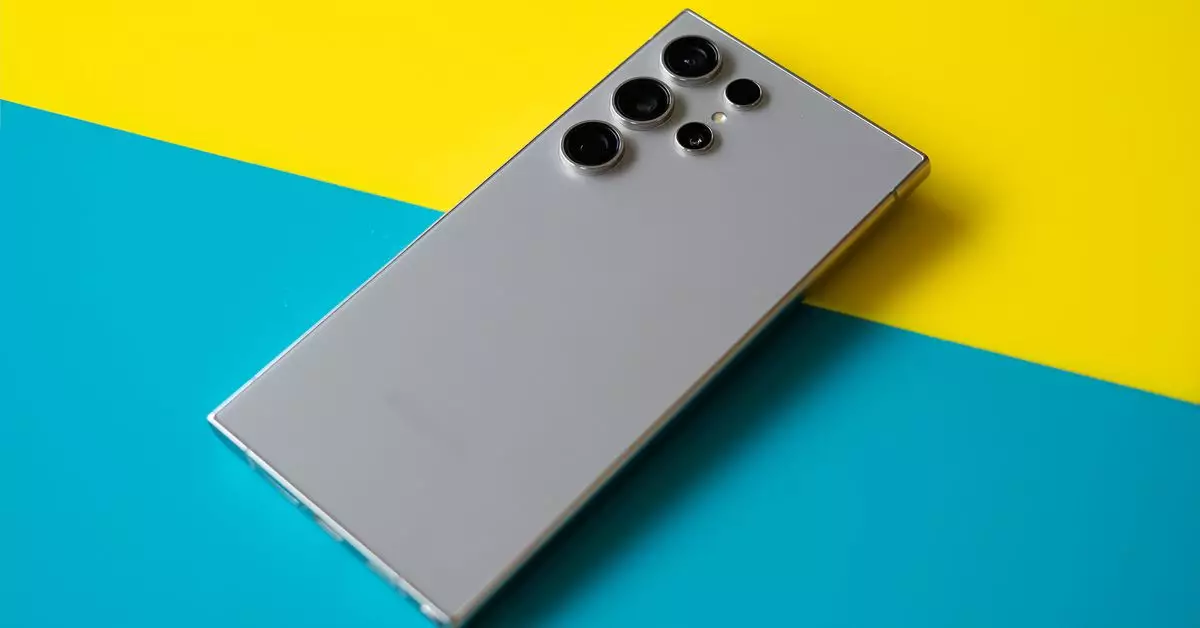The recent controversy surrounding Samsung’s phone cameras has raised questions about the authenticity of the photos they produce. Many users and photographers have accused the company of using artificial intelligence (AI) to manipulate images, creating a debate about what constitutes a “real” picture. In response to these allegations, Samsung’s head of product, Patrick Chomet, has defended the company’s approach, claiming that there is no such thing as a real picture.
The Notion of Real Pictures
Chomet argues that as soon as a sensor captures an image, it is no longer a true representation of reality. According to him, the use of AI to optimize various aspects of the photo, such as zoom and autofocus, blurs the line between what is real and what is filtered. While this assertion may be offensive to many photographers who value the authenticity of their work, it does raise an interesting point about the nature of photography in the digital age.
Over the years, companies like Apple, Google, and Samsung have revolutionized smartphone photography by combining multiple frames from different cameras and utilizing advanced techniques. These advancements have allowed smartphone cameras to compete with professional DSLR cameras, but they have also given rise to debates about the integrity of the final product. The introduction of generative AI in smartphone cameras has further fueled these discussions and brought them to the forefront.
Samsung’s Galaxy S24 and S24 Ultra
Samsung’s latest phones, the Galaxy S24 and S24 Ultra, are at the center of this ongoing debate. These devices boast powerful AI capabilities that enhance image quality by utilizing machine learning algorithms. While some users appreciate the improved image quality, others have expressed concerns about the AI’s impact on the authenticity of the photos. Chomet’s nuanced perspective attempts to address these concerns by highlighting the complexity of defining a “real” picture in the modern era.
One aspect that Chomet emphasizes is the importance of context when evaluating a photo’s authenticity. Taking a photo using AI to enhance certain features does not necessarily render it “fake.” Instead, it is crucial to consider the intent behind the image and the techniques employed to capture it. Chomet’s argument suggests that a photo’s value lies not in its absolute truth but in the emotional response it elicits from the viewer.
The Future of Photography
The ongoing debate surrounding the authenticity of smartphone photos raises broader questions about the future of photography. As technology continues to evolve, the lines between reality and artificiality become increasingly blurred. While traditionalists may argue that the use of AI compromises the integrity of photography, others see it as an opportunity to push the boundaries and create stunning visual experiences.
The controversy surrounding Samsung’s phone cameras highlights a fundamental shift in the way we perceive and capture images. With AI becoming an integral part of smartphone photography, the concept of a “real” picture is being redefined. Ultimately, what matters most is the emotional connection that a photo can forge with its viewers, rather than the technicalities of its production. As technology progresses, it is essential to embrace these changes and explore the new possibilities they bring.


Leave a Reply